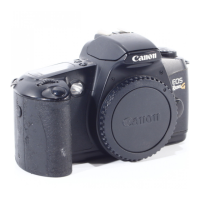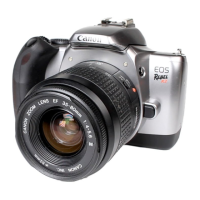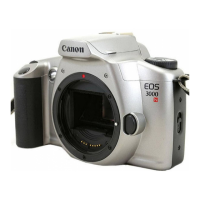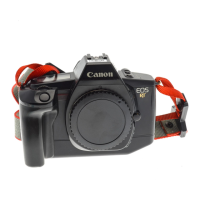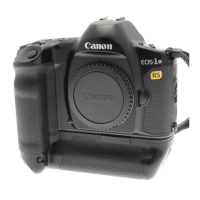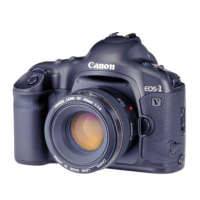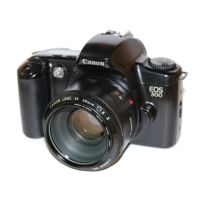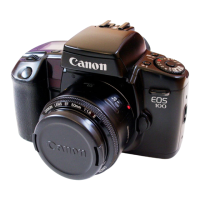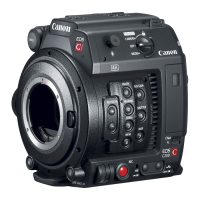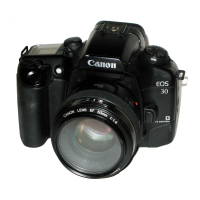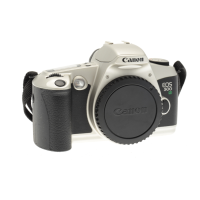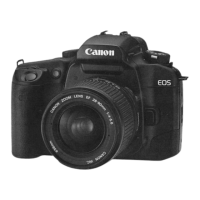Do you have a question about the Canon EOS Rebel Ti and is the answer not in the manual?
Explains icons, symbols, and important notes for using the camera.
Essential steps and precautions to take before operating the camera.
Guide for inserting batteries and checking their charge status.
Instructions on how to attach and remove camera lenses properly.
Explanation of how the shutter button works, half-press and full-press actions.
Step-by-step guide for loading and unloading film rolls into the camera.
Techniques for holding the camera correctly to prevent blur and ensure stability.
How to use the camera in fully automatic mode for point-and-shoot simplicity.
Using modes like Portrait, Landscape, Sports for specific subjects.
Activating red-eye reduction and using the self-timer function for group shots.
Using flash, remote control, and imprinting date/time on photos.
Identification of external camera parts and their functions.
Explaining the various indicators and data shown on the camera's LCD panel.
Detailed explanation of the Command Dial and its shooting zones.
How to select autofocus points and handle off-center subjects or focus failures.
Setting film advance modes and understanding different metering techniques.
Using Program AE for general shots, with features like program shift.
Setting shutter speed for motion control, with automatic aperture adjustment.
Setting aperture for depth of field, with automatic shutter speed adjustment.
Setting both shutter speed and aperture for complete exposure control.
Obtaining wide depth of field automatically for group photos and landscapes.
Locking exposure settings and adjusting exposure levels for desired brightness.
Automatically capturing multiple frames with varying exposures for better results.
Performing long exposures and shooting multiple images on one frame.
Using the built-in flash and setting the ISO film speed manually.
Customizing camera sounds and LCD panel illumination.
Definitions of key photography concepts like exposure, shutter speed, and aperture.
Understanding camera warnings and a table of feature availability across modes.
Solutions for common problems like battery issues, blurred photos, or non-working shutter.
Detailed technical specifications of the camera model.
| Type | 35mm SLR |
|---|---|
| Lens Mount | Canon EF |
| Autofocus | Yes |
| Metering Modes | Evaluative, Partial, Center-weighted average |
| Focus Modes | One-Shot AF, AI Servo AF, Manual |
| Film Advance | Automatic |
| Shutter Speed Range | 30 - 1/2000 sec |
| Viewfinder | Pentamirror |
| Flash | Built-in |
| Exposure Control | Program AE, Shutter-priority AE, Aperture-priority AE, Manual |
| ISO Range | 25-5000 (with DX coded film) |
| Focusing System | 3-point AF |
